Choosing between Sardinia and the Amalfi Coast for your Italian getaway can be tough. These two stunning destinations offer very different La Dolce Vita experiences.
Sardinia boasts nearly 2,000 km of pristine coastline and rugged mountain landscapes, while the Amalfi Coast charms visitors with its dramatic cliffs and colorful seaside towns. Both regions feature beautiful beaches, delicious cuisine, and rich cultural heritage, but Sardinia offers more seclusion and natural beauty, while the Amalfi Coast provides classic Italian glamour and sightseeing.
Sardinia’s Costa Smeralda is a paradise of turquoise waters and white sand beaches. The island’s interior houses ancient Nuraghi stone towers and traditional villages.
On the Amalfi Coast, take in jaw-dropping views from the hilltop Ravello or stroll the fashionable streets of Positano. Boat trips reveal hidden coves and grottoes along the coastline.
Food lovers will find bliss in both spots. Sardinia is known for its hearty pasta, roast suckling pig, and Cannonau wines.
The Amalfi Coast serves up fresh seafood, limoncello, and Neapolitan pizza. No matter which destination you pick, an unforgettable Italian escape awaits.
Key Takeaways
- Sardinia offers pristine beaches and rugged landscapes, while the Amalfi Coast features dramatic cliffs and charming towns.
- Both destinations boast delicious cuisine but with distinct regional specialties and flavors.
- Sardinia provides more seclusion and natural beauty, whereas the Amalfi Coast offers glamour and cultural attractions.
Geographical Overview
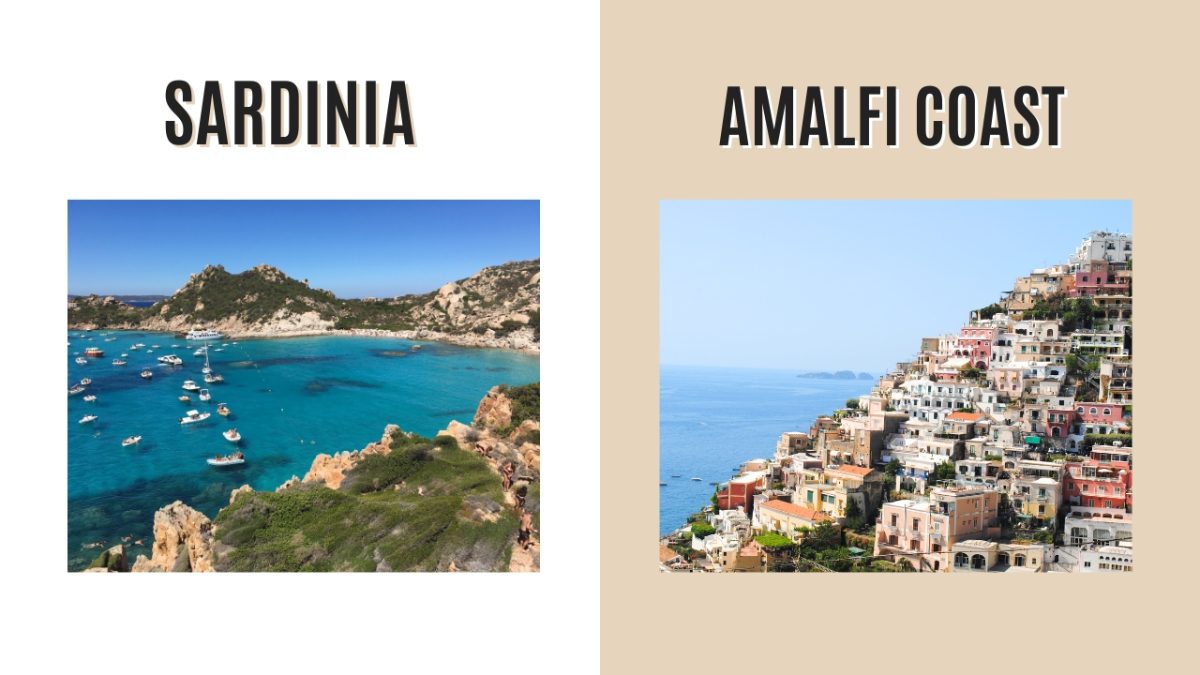
Sardinia and the Amalfi Coast offer strikingly different Italian landscapes. Each destination has a unique geography and natural beauty, from rugged island terrain to dramatic coastal cliffs.
Location and Landscape
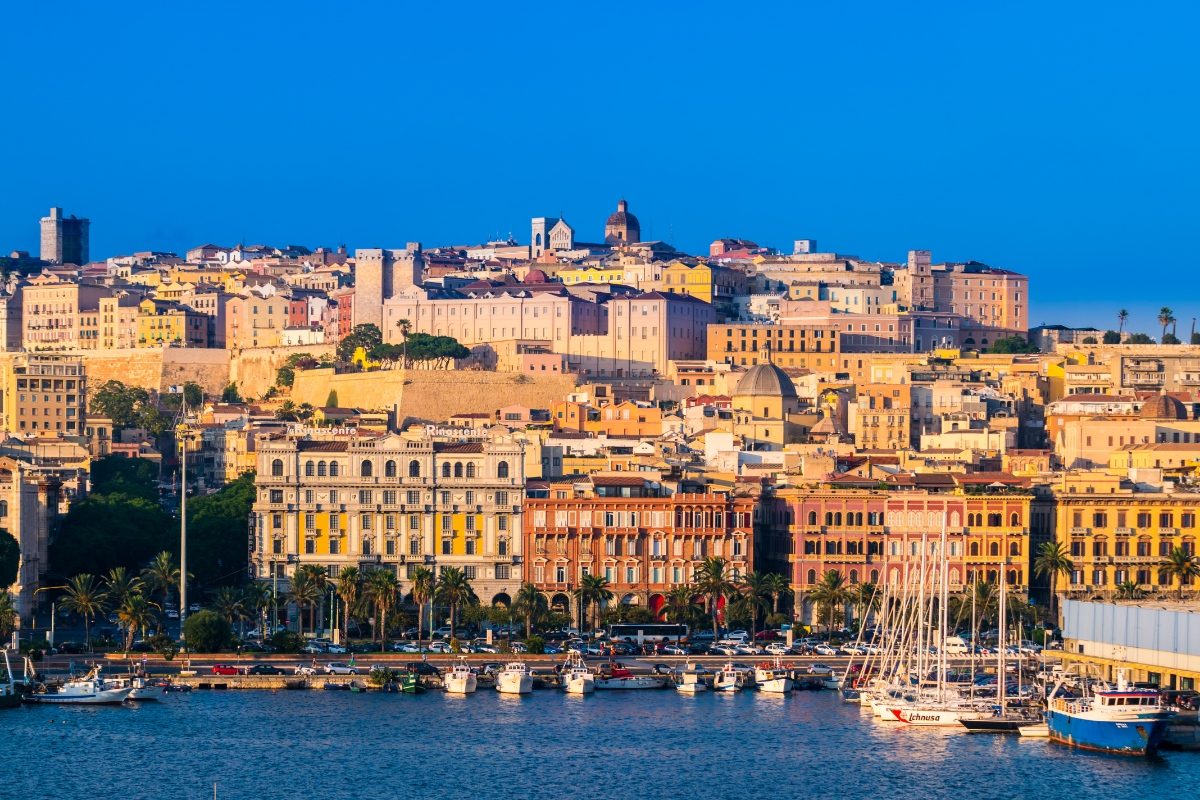
Sardinia is a large island in the Mediterranean Sea, about 200 km off Italy’s western coast. It’s the second-biggest island in the Mediterranean after Sicily. Sardinia has a bit of everything—long sandy beaches, rocky coves, and mountainous inland areas.
The Amalfi Coast is on the southern edge of Italy’s Sorrentine Peninsula. It’s a 50 km stretch of coastline along the southern edge of the Gulf of Naples. The area is famous for its cliffs and tiny beaches nestled between rocky outcrops.
Sardinia is much bigger—about 24,000 square km compared to the Amalfi Coast’s 11,231 square km. That means there’s more space to spread out in Sardinia. The Amalfi Coast can get pretty crowded, especially in summer.
Both spots have some killer views. In Sardinia, you might be on an empty beach with crystal-clear water. On the Amalfi Coast, you could be sipping a spritz on a terrace overlooking colorful towns clinging to cliffs above the sea.
Historical Significance
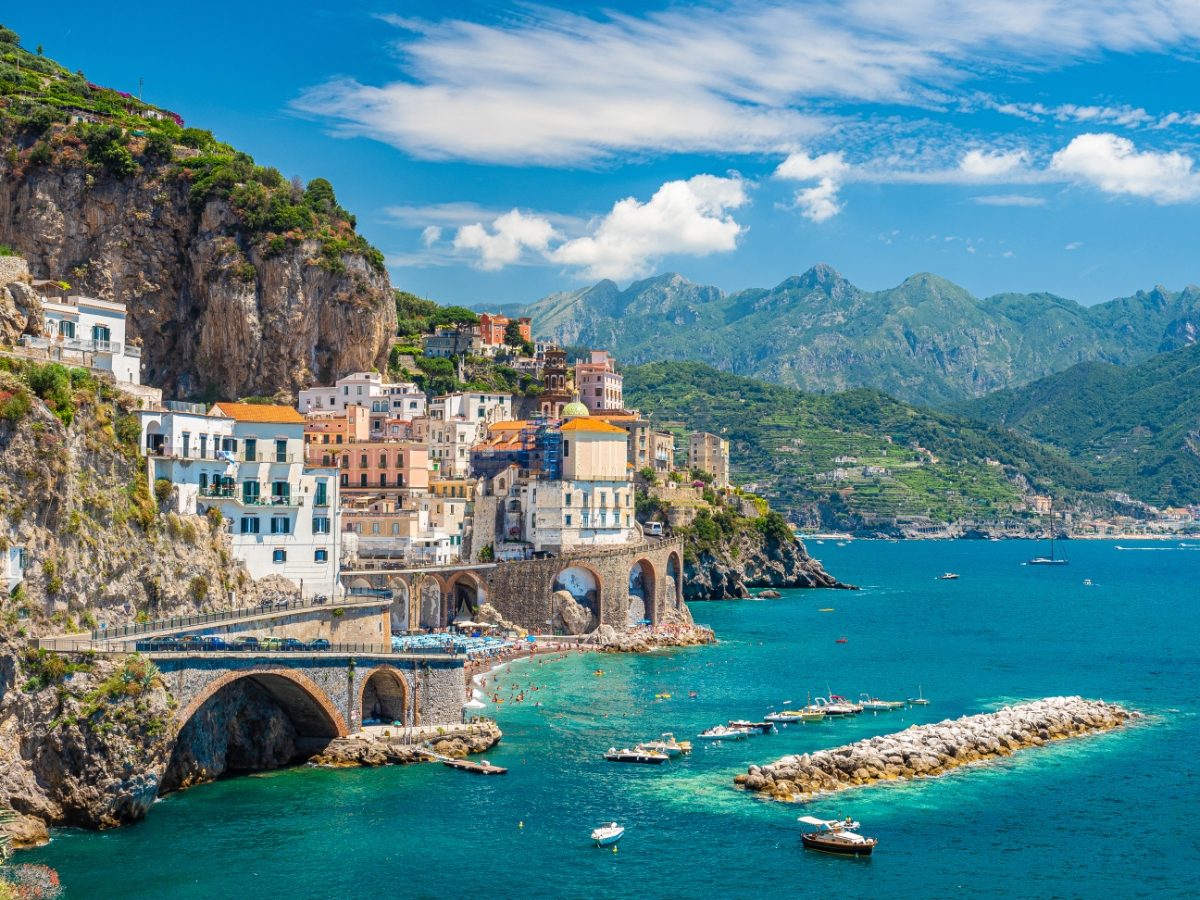
Sardinia and the Amalfi Coast have deep roots in Italian history. Both regions played key roles in shaping Mediterranean culture and trade over thousands of years, leaving fascinating remnants of their storied pasts.
Sardinia’s Ancient Roots
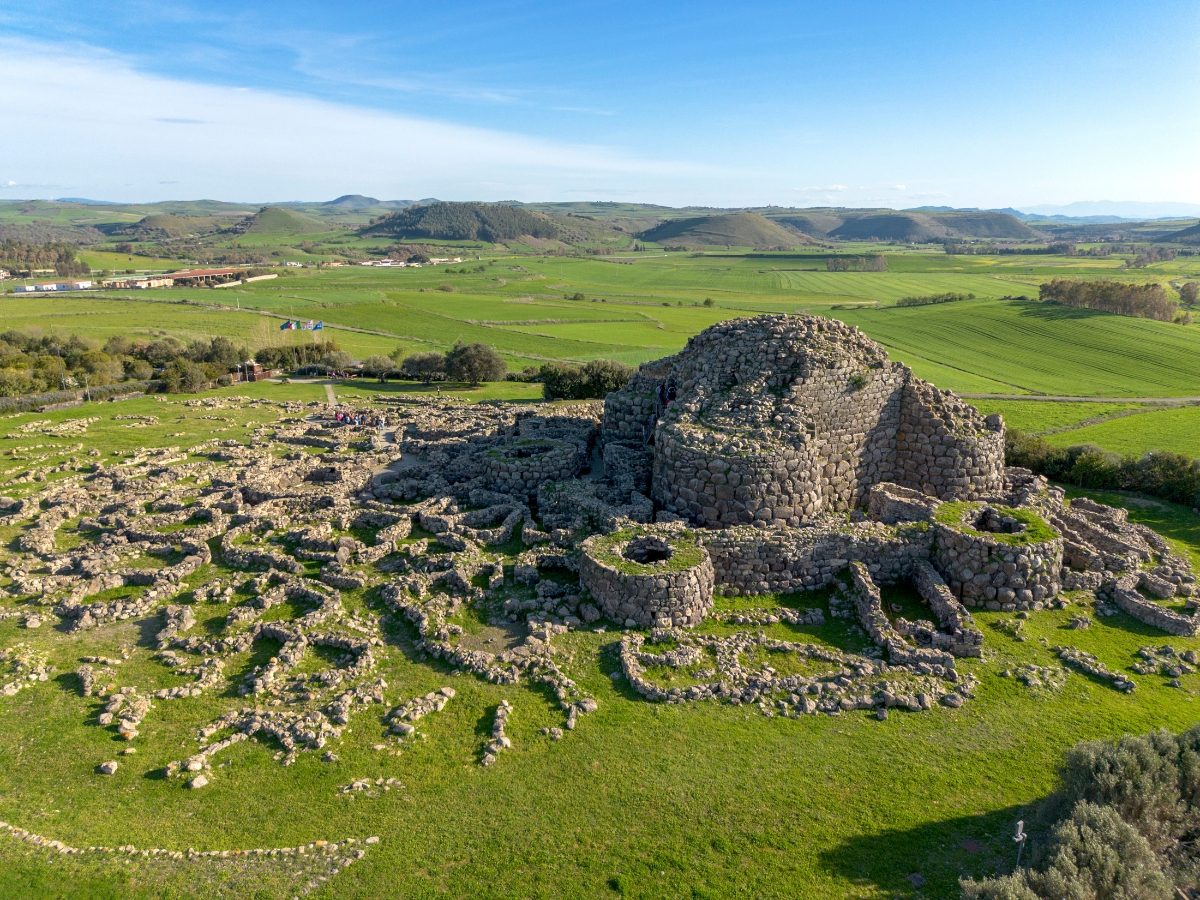
Sardinia’s history goes way back—we’re talking Stone Age! The island is dotted with over 7,000 mysterious stone towers called nuraghi, built by Bronze Age folks around 1500 BC. Pretty mind-blowing, right?
These cone-shaped fortresses are unique to Sardinia and give us a peek into the island’s ancient civilization. You can explore some well-preserved Nuraghi sites, like Su Nuraxi di Barumini—it’s a UNESCO World Heritage site and worth a visit.
Sardinia also saw its fair share of invaders over the centuries. The Phoenicians, Carthaginians, and Romans all left their mark. Ancient Roman ruins, like the amphitheater in Cagliari, are scattered around.
Amalfi’s Maritime Heritage
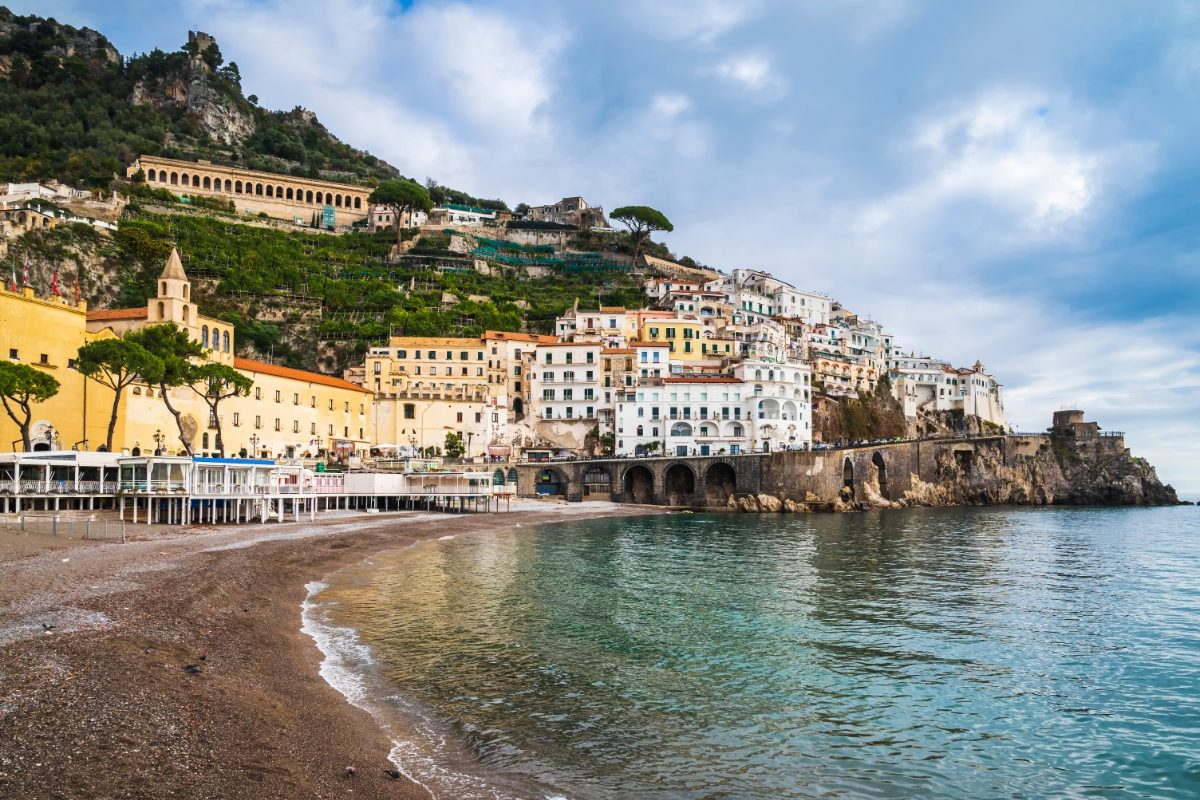
The Amalfi Coast hit its stride in medieval times as a powerful maritime republic. From the 9th to 11th centuries, Amalfi was a major trading hub, rivaling Venice and Genoa. Ships from Amalfi sailed all over the Mediterranean, bringing back exotic goods and cultural influences.
You can still feel that seafaring spirit today. Check out the Arsenal of the Maritime Republic in Amalfi town – it’s where they used to build their massive trading ships.
Another must-see is the stunning Duomo di Sant’Andrea. Its bronze doors were cast in Constantinople, showing Amalfi’s far-reaching connections.
Don’t miss the Paper Museum either. Amalfi was one of the first places in Europe to make paper, learning the craft from Arab traders. It’s a cool glimpse into the region’s innovative past.
Cultural Insights
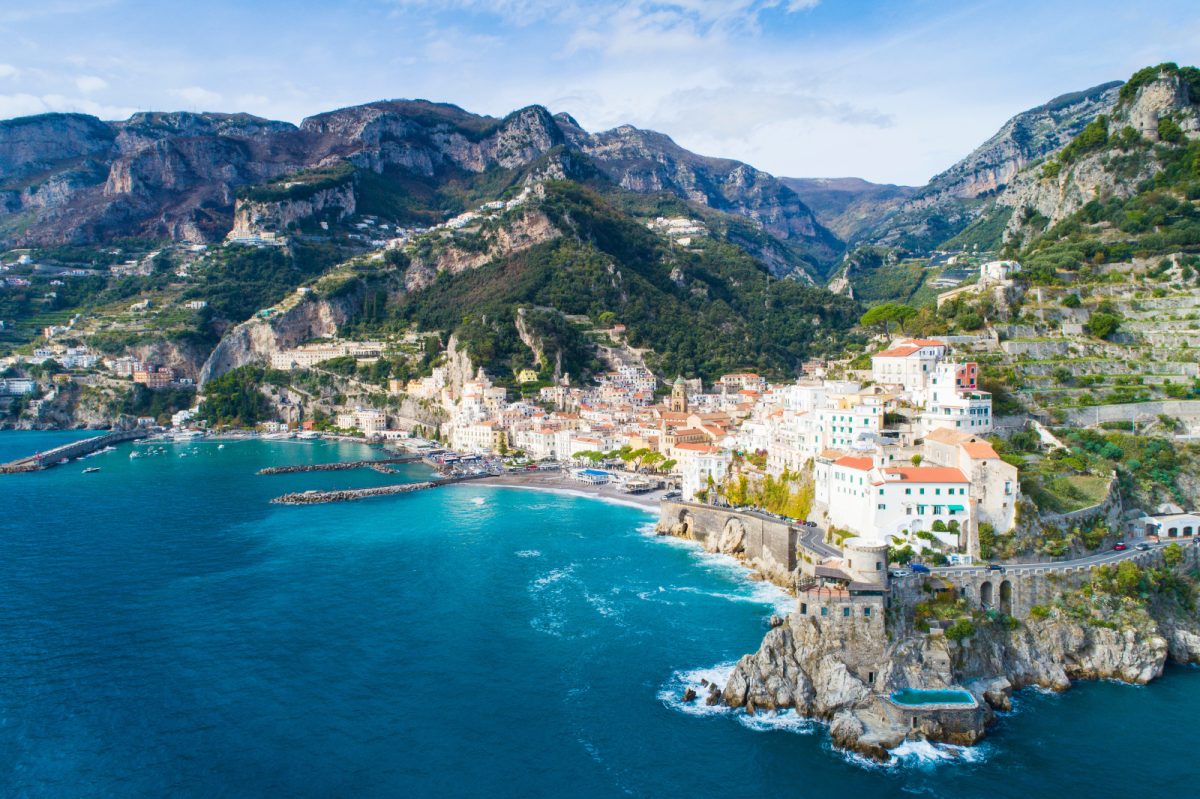
Italy’s vibrant culture shines through in both Sardinia and the Amalfi Coast. These regions offer unique traditions and lively events that give visitors a taste of authentic Italian life.
Local Traditions
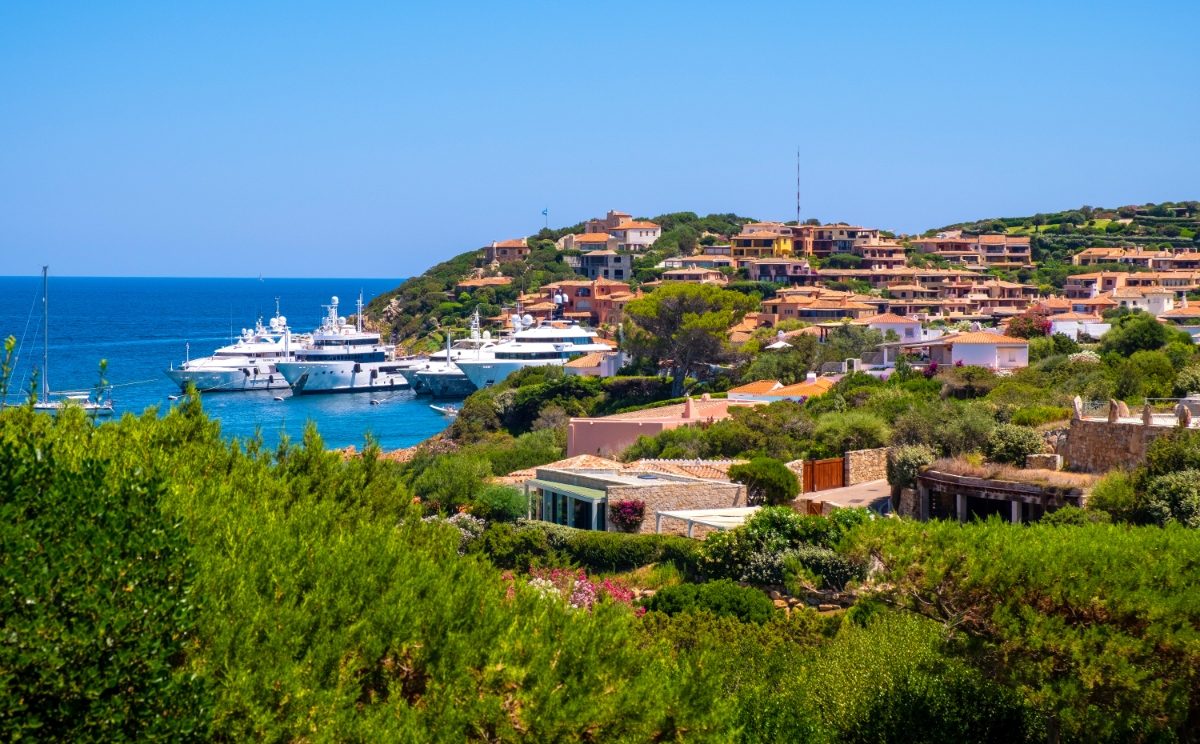
Sardinia’s rich cultural heritage is evident in its age-old customs. The island’s famous “nuraghi” – ancient stone towers – are a testament to its prehistoric past. Locals still practice traditional crafts like weaving and woodcarving.
Sardinian food culture is a treat for foodies. Try “pane carasau” (crisp flatbread) or “culurgiones” (stuffed pasta). The island’s shepherding tradition means you’ll find delicious sheep’s milk cheeses.
On the Amalfi Coast, lemon groves are part of daily life. The area’s famous limoncello liqueur is made from local lemons.
Coastal towns have a strong seafaring history. You’ll see colorful fishing boats in harbors and fresh seafood on menus.
Amalfi’s paper-making tradition dates back centuries. Visit a paper museum in Amalfi town to learn more.
The region’s ceramics are also world-renowned. Pick up some hand-painted tiles as souvenirs.
Festivals and Events

Sardinia’s calendar is packed with colorful festivals. The island’s biggest event is Sant’Efisio in May. This four-day religious procession in Cagliari features traditional costumes and horse parades.
For music lovers, the Time in Jazz festival in August is a must-see. It takes place in Berchidda, the hometown of famous trumpeter Paolo Fresu.
Summer on the Amalfi Coast brings many exciting events. The Ravello Festival offers classical concerts in stunning settings from June to September. In July, don’t miss the Feast of Sant’Andrea in Amalfi town. Watch locals race boats and enjoy fireworks.
Food festivals are common in both regions. Try Sardinia’s “Autumn in Barbagia” events to sample local specialties. On the Amalfi Coast, lemon festivals in spring celebrate the region’s citrus bounty.
Beach Comparison
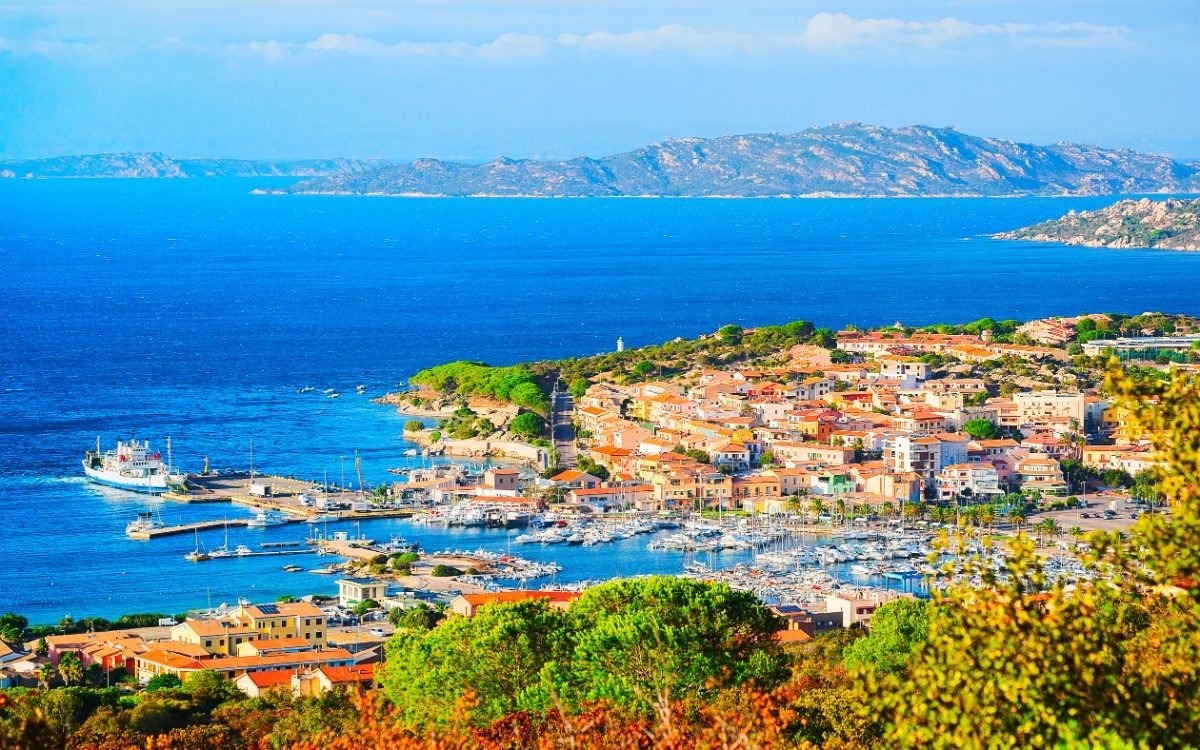
Italy’s coasts offer stunning seaside experiences, but Sardinia and the Amalfi Coast have very different beach scenes. Sardinia boasts long stretches of sandy paradise, while the Amalfi Coast charms with its dramatic cliffside coves.
Sardinia’s Beaches
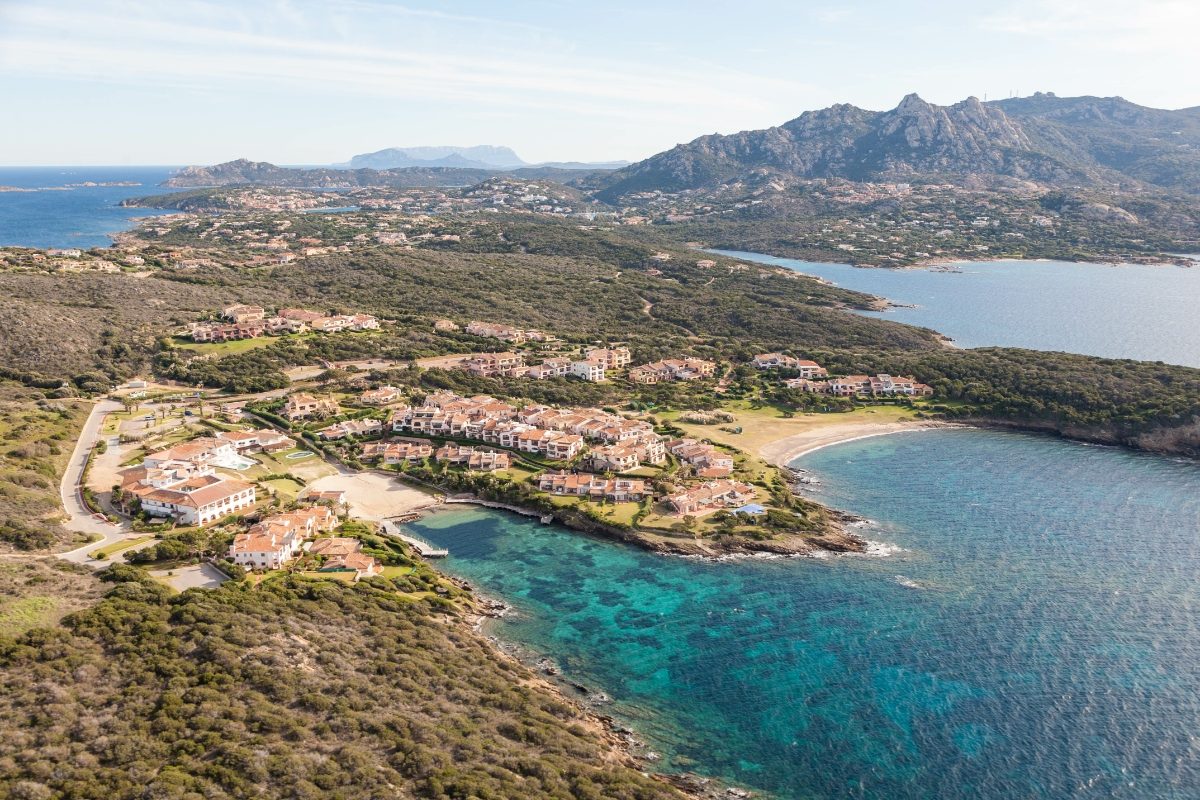
Sardinia is a beach lover’s dream. The island’s Costa Smeralda region dazzles with its turquoise waters and powdery white sand. Beaches like Spiaggia del Principe and Cala Brandinchi rival Caribbean shores.
You’ll find endless options for sunbathing and swimming. Many beaches offer chairs and umbrellas for rent (€15-20/day). Beach clubs like Phi Beach pump up the vibe with DJs and cocktails.
The island’s rugged west coast hides secluded coves only reachable by boat. These hidden gems offer a peaceful escape from summer crowds, and the water temperatures are perfect from June to September.
Amalfi Coast Shores
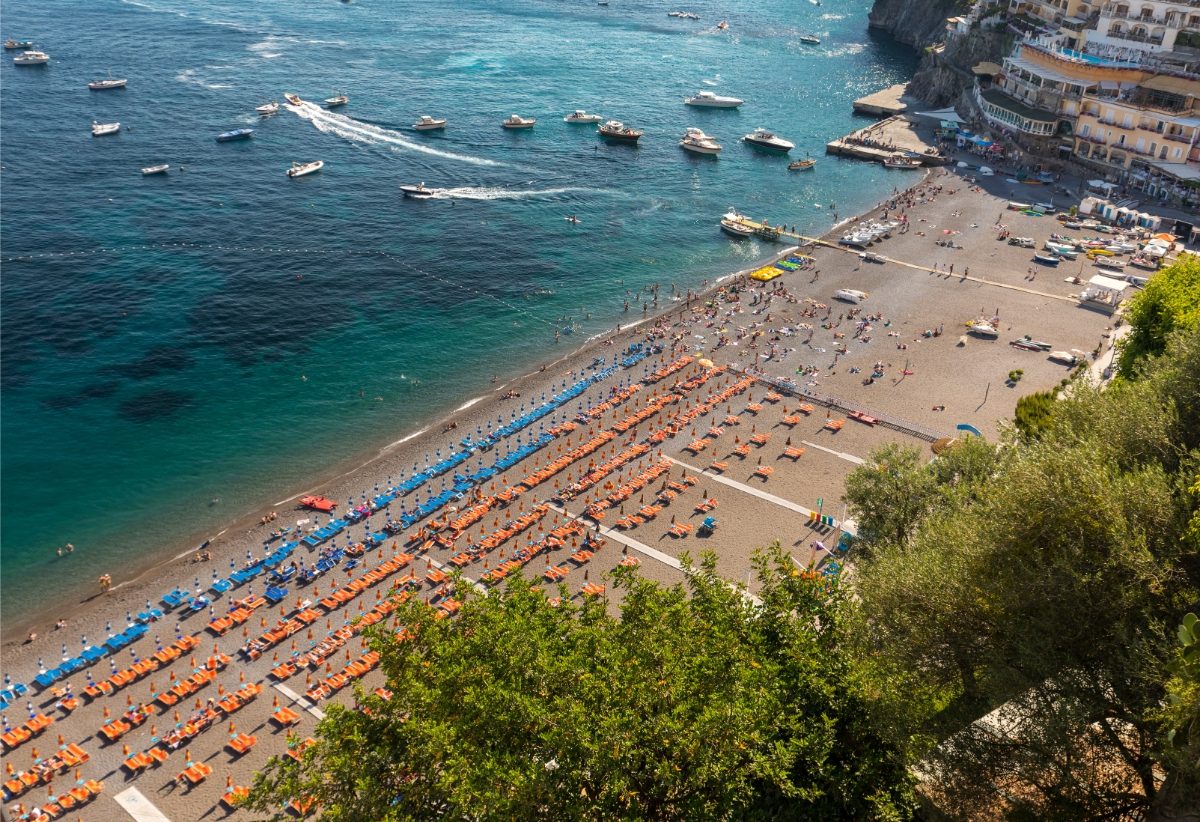
The Amalfi Coast’s beaches are smaller but no less beautiful. Positano’s main beach, Spiaggia Grande, is a lively hub with colorful umbrellas and boats bobbing offshore.
Expect pebbles rather than sand at most beaches. Beach clubs like One Fire Beach in Praiano offer comfy loungers and bar service (€25-30/day). The upside? The pebbles keep the water crystal clear.
Some beaches, like Marina Grande in Amalfi, can get packed in summer. For a quieter spot, try Erchie or Cavallo Morto. These lesser-known beaches offer a more laid-back vibe.
Boat trips are a great way to find hidden coves and beat the crowds. You can rent a small boat for about €80/hour or join a group tour.
See Related: Northern Italy vs Southern Italy: A Comprehensive Comparison
Culinary Delights

Italian cuisine is world-renowned, and both Sardinia and the Amalfi Coast offer mouthwatering local specialties. These regions’ unique flavors and ingredients reflect their distinct landscapes and traditions.
Sardinian Gastronomy

Sardinia’s food is hearty and rustic, focusing on fresh, local ingredients. The island’s signature pasta, malloreddus (small gnocchi-like dumplings), is often served with a rich tomato and sausage sauce. Seafood lovers will enjoy the fresh catch of the day, grilled to perfection with a drizzle of olive oil and lemon.
For meat eaters, suckling pig (porceddu) is a must-try dish, slow-roasted over an open fire. Pecorino cheese, made from sheep’s milk, is another Sardinian staple. Don’t miss the chance to try seadas, a sweet cheese-filled pastry drizzled with honey.
Sardinian wines are gaining recognition worldwide. Try the crisp Vermentino white or the bold Cannonau red. Prices for a good bottle start around €15-20 ($16-22).
Amalfitan Cuisine
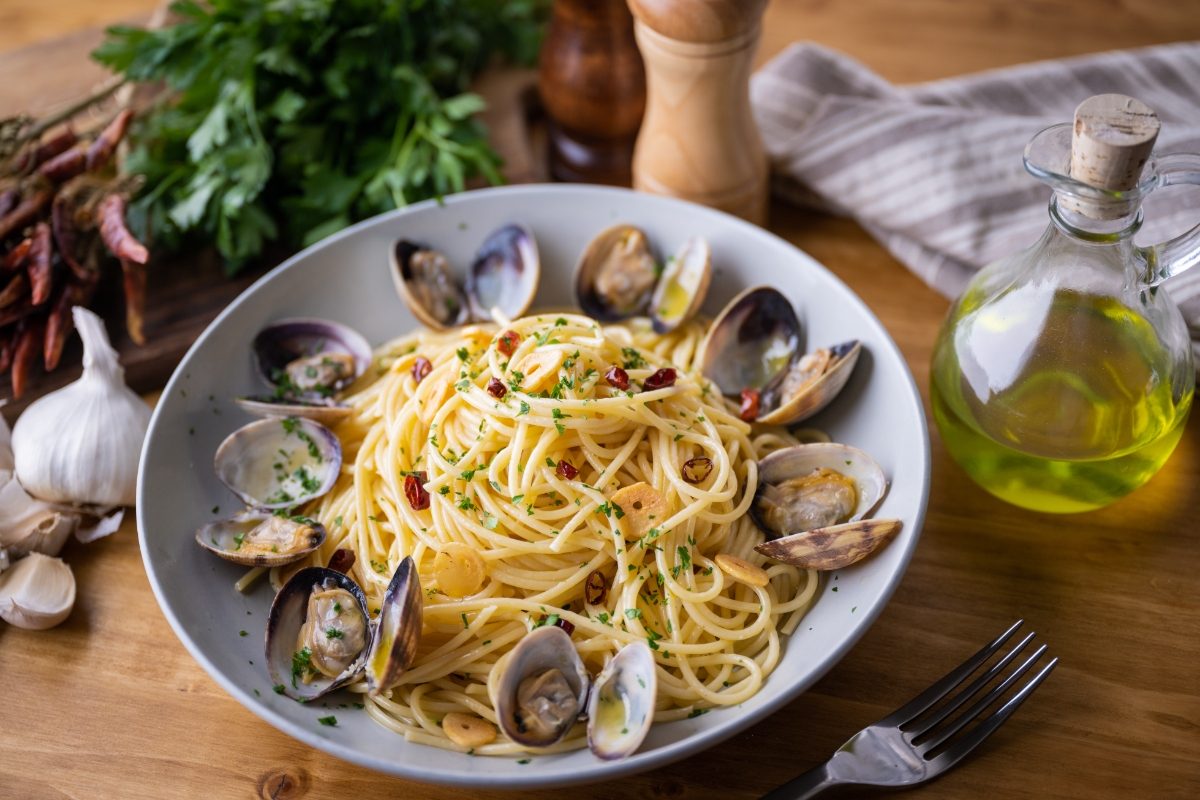
The Amalfi Coast’s cuisine is all about fresh seafood and zesty citrus flavors. Lemon is king here, flavoring everything from pasta to the famous limoncello liqueur. A plate of spaghetti alle vongole (with clams) by the sea is an Amalfi must.
Local specialties include scialatielli ai frutti di mare, a short ribbon pasta with mixed seafood, delizia al limone, and a lemon-soaked sponge cake. For a quick snack, try a folded pizza called pizza fritta.
The region produces excellent mozzarella di bufala and Provolone del Monaco cheese. Wash it all with crisp local white wine like Falanghina or Greco di Tufo. For a nice dinner with wine, expect to pay around €30-40 ($32-43) per person.
Accommodations and Lodging
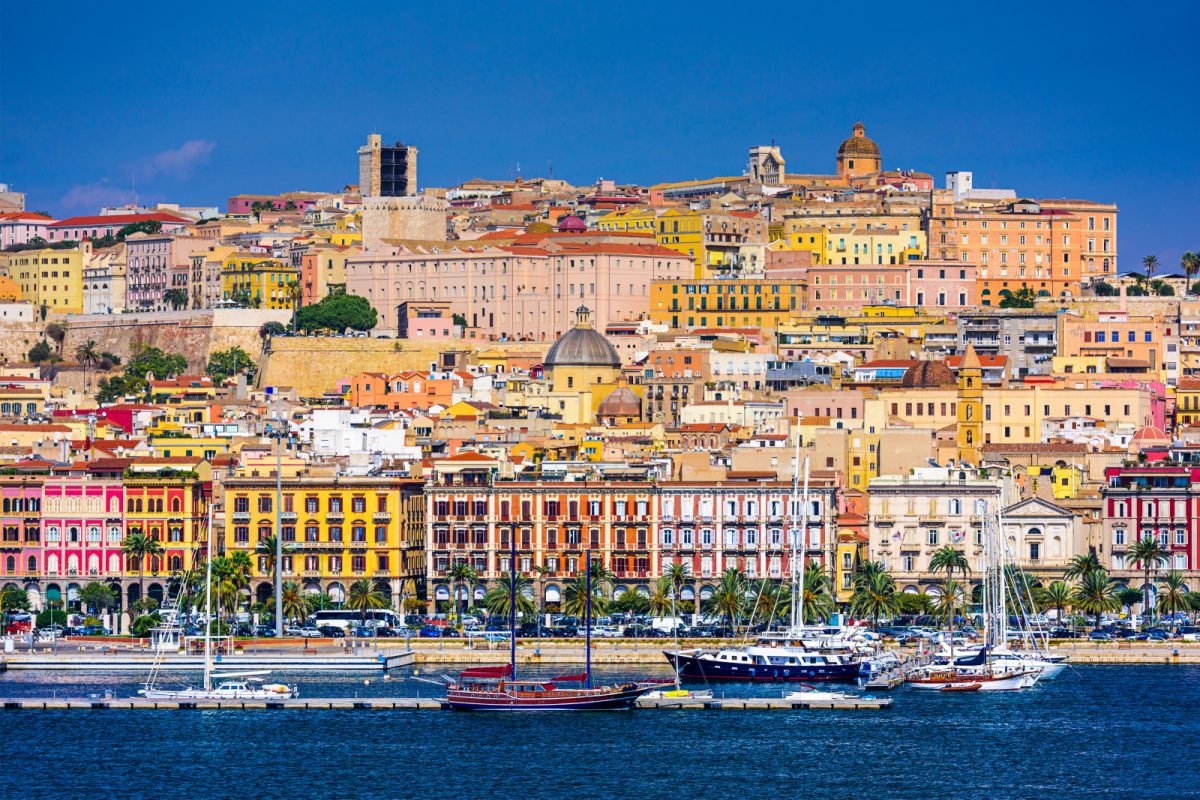
Sardinia and the Amalfi Coast offer various lodging options for different tastes and budgets. From luxurious resorts to charming family-run hotels, both destinations provide unique stays that capture the essence of Italian hospitality.
Luxury Stays

Sardinia boasts some of Italy’s most opulent accommodations. The Hotel Cala di Volpe is a standout, with its stunning coastal views and world-class amenities.
Rooms here can cost upwards of €1,000 per night in peak season. The hotel’s private beach and yacht club add to its exclusive feel.
The Amalfi Coast isn’t short on luxury either. Cliffside hotels like the Belmond Hotel Caruso offer breathtaking views of the Mediterranean.
Many rooms feature private terraces and plunge pools. For top-tier accommodations on the Amalfi Coast, expect to pay around €800-1,500 per night.
Family-Friendly Options
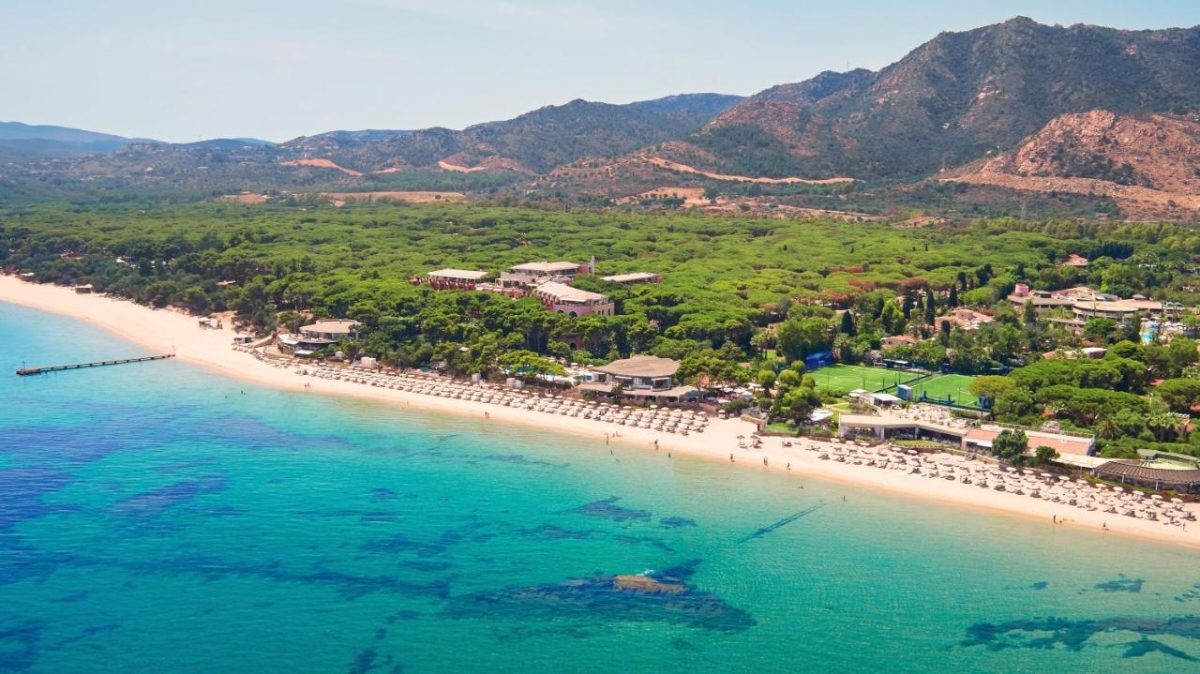
Sardinia shines when it comes to family-friendly resorts. Many offer kids’ clubs, shallow beaches, and spacious rooms.
The Forte Village Resort is a favorite, with its water park and sports academies. Prices for family rooms start at about €300 per night.
On the Amalfi Coast, family-run hotels provide a warm welcome. The Hotel Margherita in Praiano offers spacious rooms and a rooftop pool.
It’s more budget-friendly, with rates around €150-200 per night. Some hotels provide babysitting services, making it easier for parents to enjoy a night out.
Activities and Experiences

Italy’s coastal gems offer unforgettable adventures and shopping delights. There’s something for everyone, from thrilling boat trips to strolls through lemon groves.
Adventure and Leisure
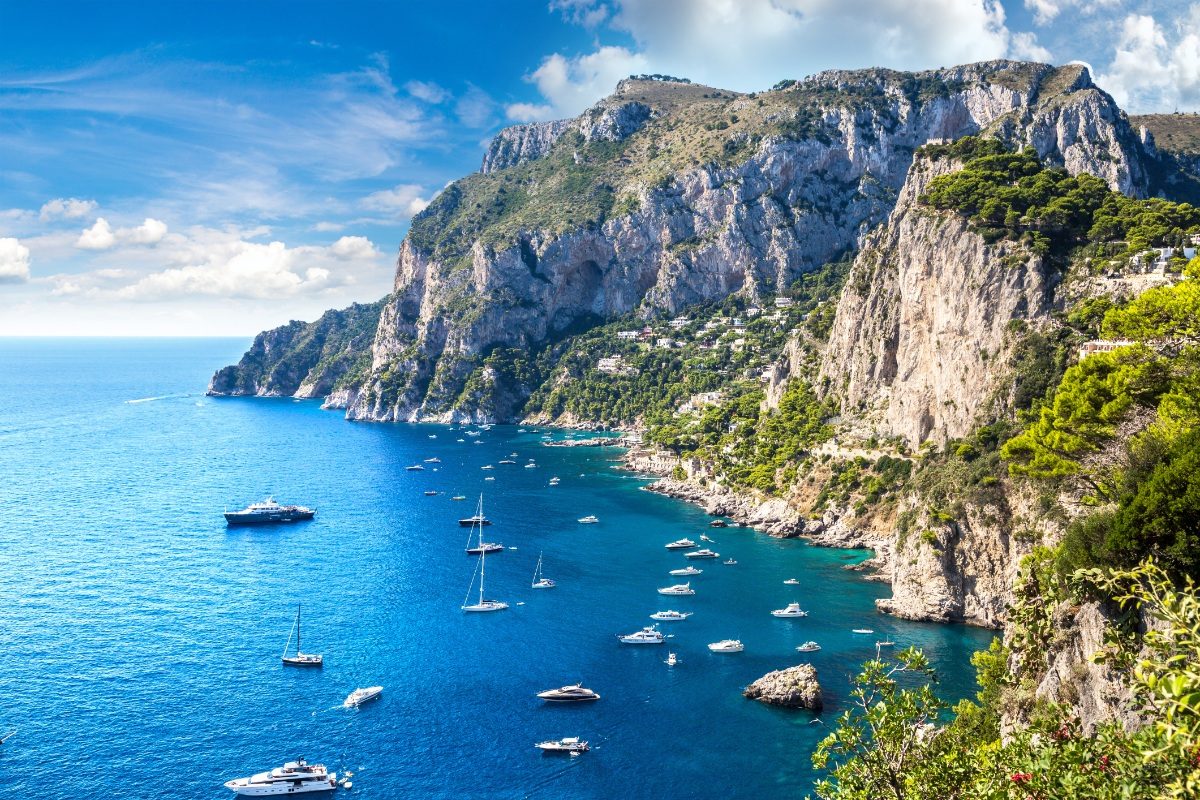
Sardinia’s rugged coastline is perfect for water sports enthusiasts. Kayaking, windsurfing, and snorkeling are popular activities.
The island’s clear waters also make it ideal for scuba diving. Inland hiking trails wind through stunning landscapes.
The Amalfi Coast boasts scenic boat tours. Visitors can explore hidden coves and grottoes along the dramatic cliffs.
A trip to Capri is a must. The island’s famous Blue Grotto is a magical experience.
Both destinations offer relaxing beach days. Sardinia’s white sand beaches are among Europe’s best, and the Amalfi Coast has pebble beaches with crystal-clear water.
Food lovers can enjoy cooking classes in both regions. Learn to make authentic Italian pasta or local seafood dishes.
Shopping and Souvenirs
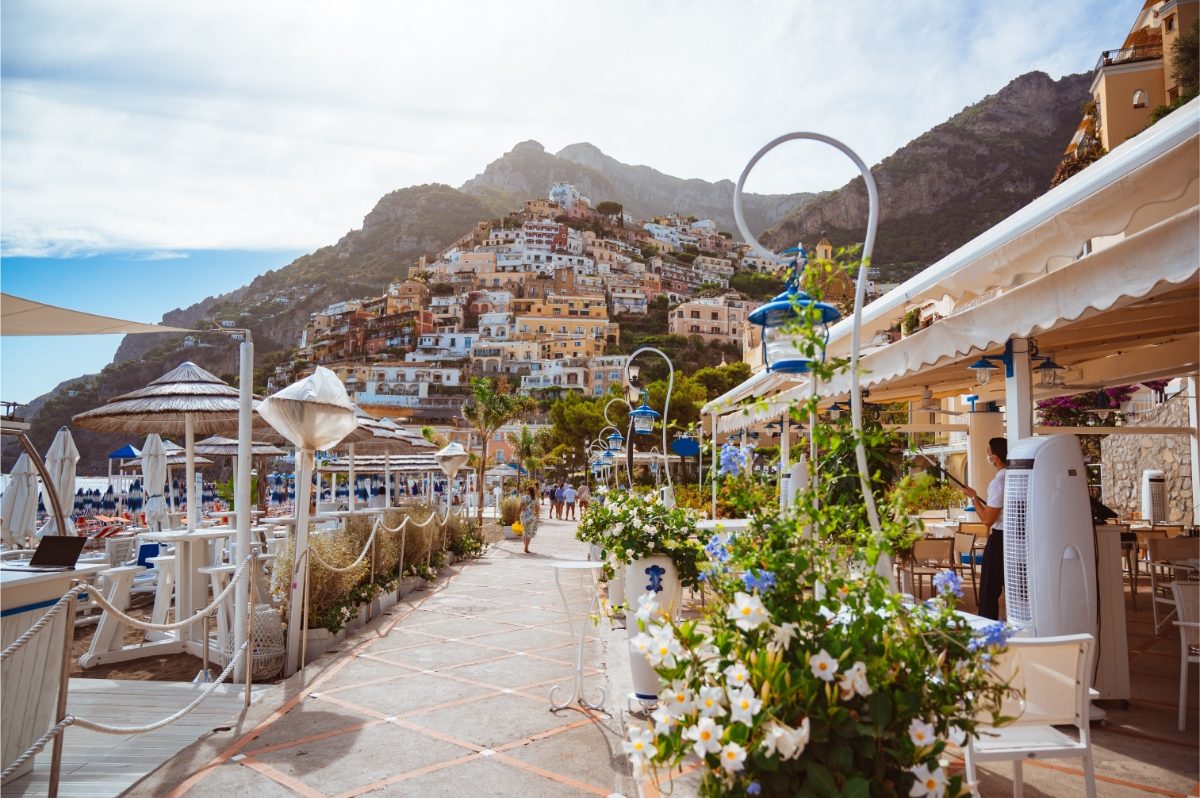
Sardinia is known for its handcrafted goods. Traditional textiles, ceramics, and cork products make unique souvenirs. The island’s markets are great for local produce and cheeses.
The Amalfi Coast is a shopper’s paradise. Positano and Amalfi are filled with boutiques selling colorful clothes and sandals. Handmade paper from Amalfi is a special keepsake.
Both areas are famous for their limoncello, a lemon liqueur perfect for gifts. In Sardinia, look for coral jewelry, a local specialty.
Ceramic shops dot the Amalfi Coast. Beautiful, hand-painted tiles and dishware are popular buys. Don’t miss the chance to purchase locally-made olive oil or wine.
See Related: Puglia vs Sardinia: Which Italian Paradise to Choose
Scenic and Architectural Highlights

Sardinia and the Amalfi Coast offer stunning vistas and remarkable architecture that captivate visitors. Both destinations showcase Italy’s natural beauty and human-made wonders in unique ways.
Sardinia’s Vistas
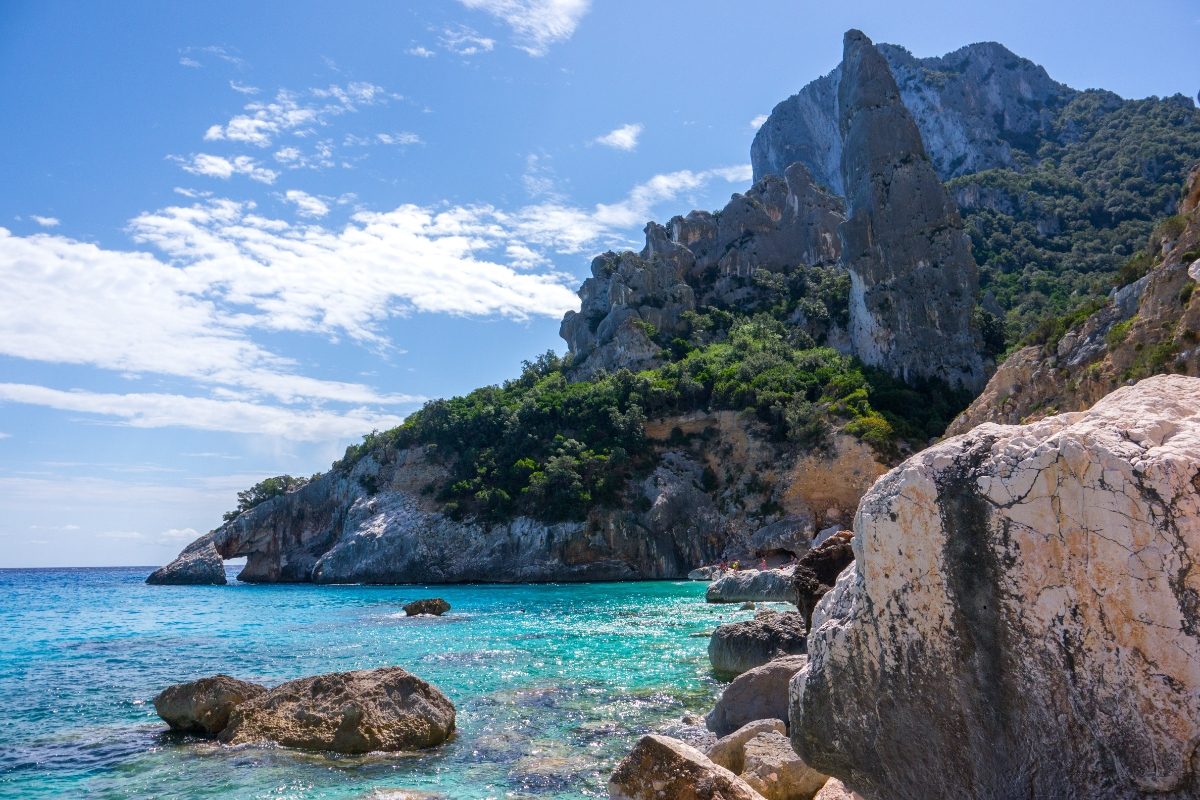
Sardinia’s rugged landscape is a feast for the eyes. The island’s coastline features pristine beaches with crystal-clear turquoise waters that’ll make your jaw drop. Costa Smeralda is a must-see, with its white sand and fancy resorts.
Inland, you’ll find rocky mountains and lush forests. The Gennargentu mountain range offers breathtaking views. Hike up to Punta La Marmora for a panorama that will stay with you forever.
Don’t miss the sea stacks at Cala Goloritzé. These limestone formations jutting out of the water are simply magical. Sunset boat trips around here are worth every euro (about €50-80 per person).
Amalfi’s Architectural Gems
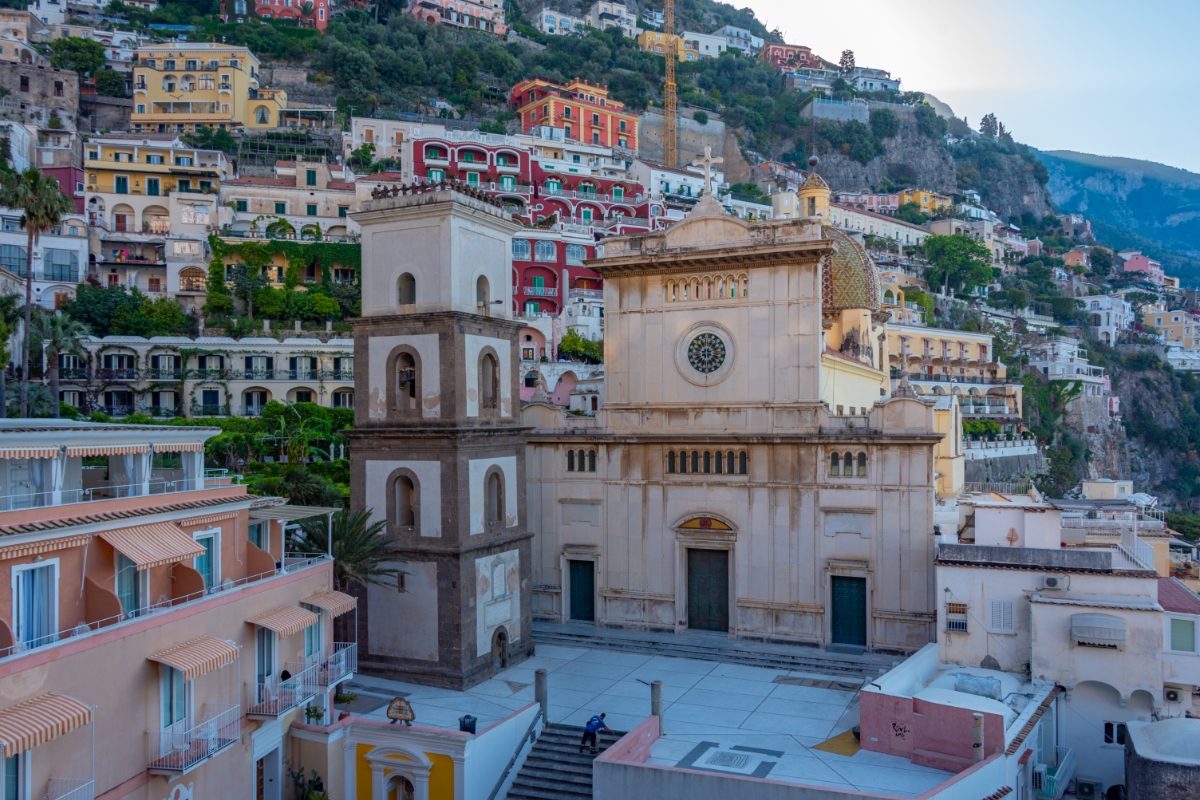
The Amalfi Coast is famous for its colorful towns clinging to cliffs. Positano is a postcard-perfect village with pastel houses cascading down to the sea. Its Chiesa di Santa Maria Assunta stands out with its majolica-tiled dome.
Ravello, perched high above the coast, is an architectural dream. Villa Rufolo’s gardens offer sweeping sea views that inspired Wagner. The modern Auditorium Oscar Niemeyer is a bold contrast to the town’s medieval charm.
Amalfi town’s Duomo di Sant’Andrea is a stunner. Its striped marble facade and grand staircase are impressive. The mix of architectural styles reflects centuries of history.
Take a boat tour (€30-50) along the coast for the best views. You’ll see hidden coves and get a new perspective on those gravity-defying towns.
Travel Tips and Recommendations

Visiting Sardinia or the Amalfi Coast requires some planning. These tips will help you make the most of your Italian getaway, from timing your trip to getting around like a local.
Best Time to Visit
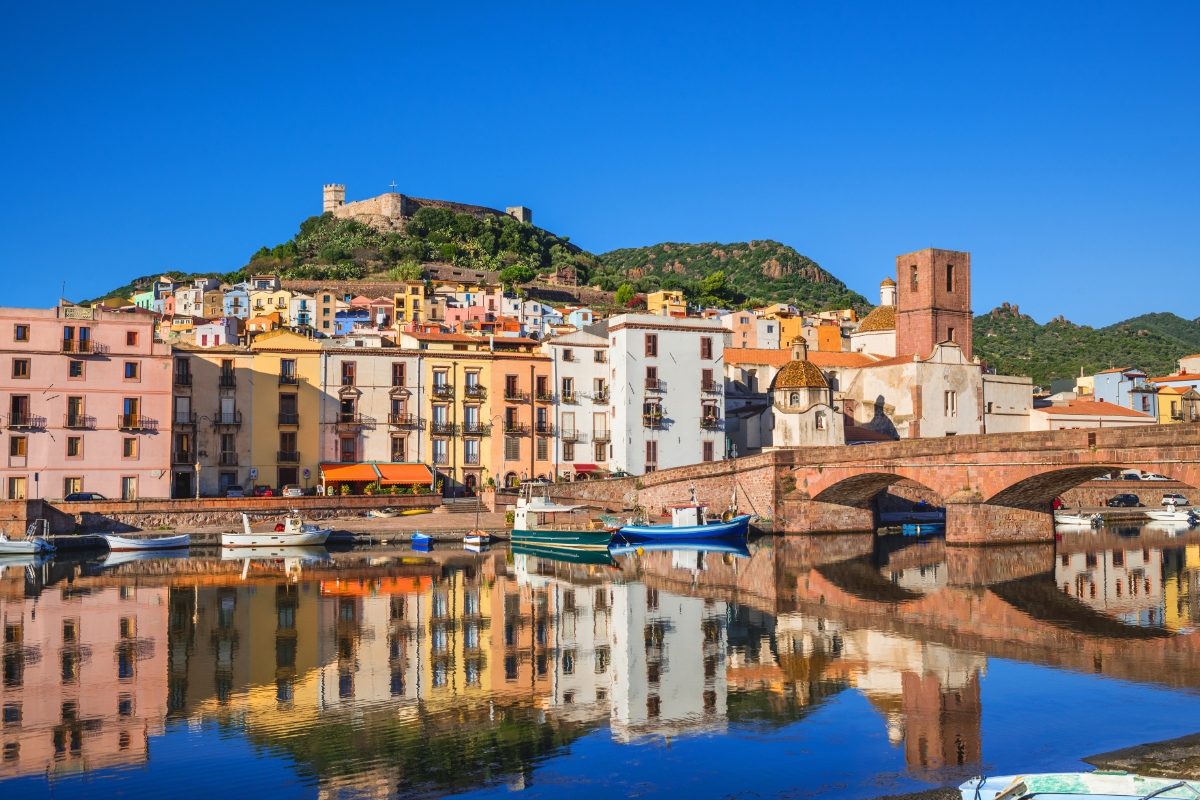
Spring and fall are ideal for exploring Sardinia and the Amalfi Coast. May and September offer warm weather and fewer crowds.
Summer brings hot days and packed beaches, especially in August when Italians take their holidays. Winter can be quiet, with some hotels and restaurants closed.
Sardinia shines from June to September, with perfect beach weather. The Amalfi Coast is lovely from April to October. Avoid July and August if you don’t like crowds and high prices.
Prices drop in the shoulder seasons. A hotel room might cost €150 in May but €300 in August. Book early for summer trips, especially on the Amalfi Coast.
Local Transportation

Getting around Sardinia is easiest with a rental car. The island is big, and public transport can be limited. Expect to pay about €40-60 per day for a small car. Drive carefully on winding mountain roads.
The Amalfi Coast is trickier to navigate by car. Narrow roads and limited parking make driving stressful. Many visitors prefer to use buses and ferries. The SITA bus connects towns along the coast for about €2-3 per ride.
Ferries link Positano, Amalfi, and Capri in summer. A one-way trip costs around €20. Taxis are pricey but convenient for short trips. Water taxis offer a scenic splurge at €100+ per hour.
Sorrento makes a good base for exploring. It has train links to Naples and easy boat access to Capri. Renting a scooter can be fun but risky on busy roads.
See Related: Two Weeks in Italy Itinerary: The Perfect Family Adventure
Frequently Asked Questions
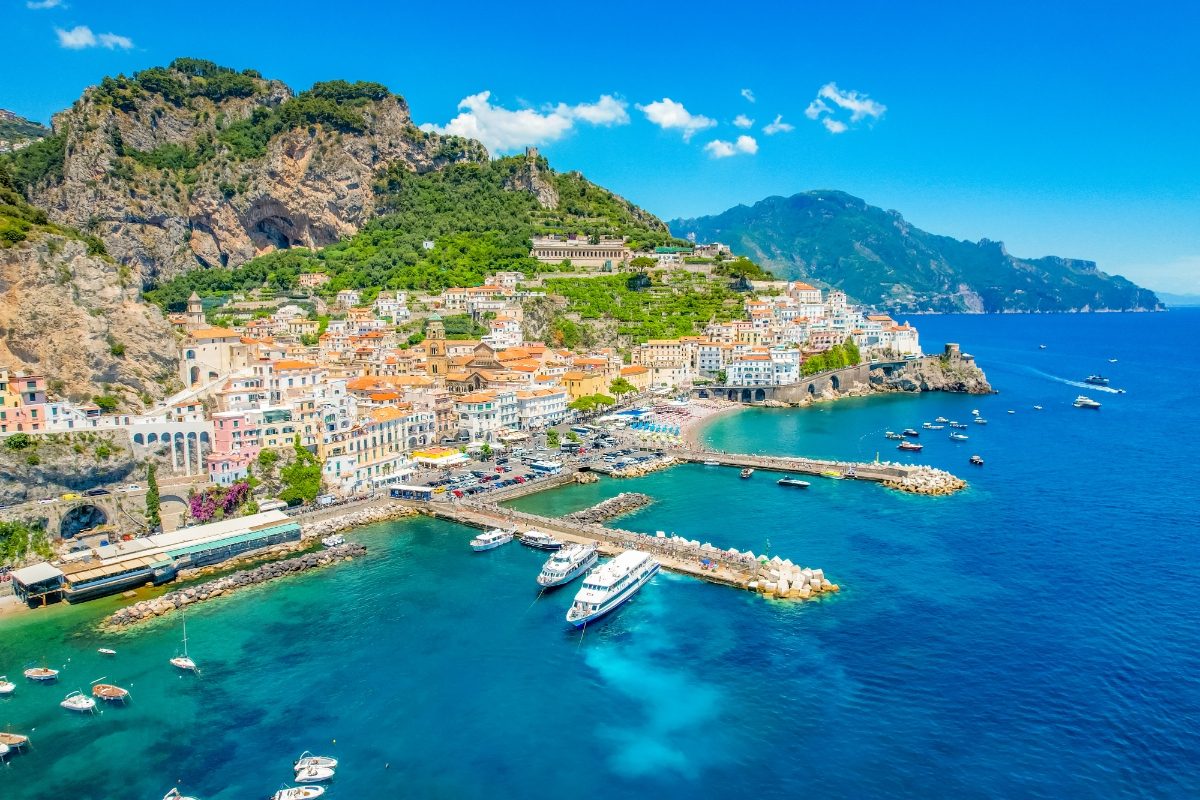
Planning a trip to Italy’s coastal gems? Let’s dive into some common queries about Sardinia and the Amalfi Coast to help you decide which stunning destination is right for you.
What travel options are available from Rome to the Amalfi Coast and Sardinia?
Getting to the Amalfi Coast from Rome is a breeze. Hop on a high-speed train to Naples, then catch a local train or bus to your final destination. The journey takes about 3-4 hours, costing around €50-80.
For Sardinia, flying is your best bet. A quick one-hour flight from Rome to Cagliari or Olbia will cost about €60-100. Ferries are also an option, but they’re slower and pricier.
Can you compare the experiences of visiting Sardinia with those of the Amalfi Coast?
Sardinia offers a laid-back island vibe with pristine beaches and rugged landscapes. It’s perfect for nature lovers and those seeking tranquility.
The Amalfi Coast, on the other hand, is all about glamour and romance. Picture colorful cliffside towns and chic cafes overlooking the sea.
Both destinations boast incredible scenery, but Sardinia feels more off-the-beaten-path. The Amalfi Coast tends to be busier, especially in summer.
What are the key differences between the beaches in Sardinia and those on the Amalfi Coast?
Sardinia’s beaches are the stuff of dreams. Think powdery white sand and crystal-clear turquoise waters. You’ll find long stretches of coastline perfect for sunbathing and swimming.
The Amalfi Coast’s beaches are smaller and pebbly. They’re often tucked into scenic coves between dramatic cliffs. While beautiful, they can get crowded in peak season.
Which destination is recommended for a more authentic Italian cultural experience, Sardinia or the Amalfi Coast?
For a truly authentic Italian experience, Sardinia takes the cake. The island has its own unique culture, language, and traditions. You’ll find charming villages where time seems to stand still.
The Amalfi Coast offers a slice of la dolce vita, but it’s more touristy. Still, its picturesque towns offer plenty of Italian charm.
How does the culinary scene differ between the Amalfi Coast and Sardinia?
Foodies, get ready for a treat! The Amalfi Coast is famous for its seafood, limoncello, and pasta dishes. Don’t miss the region’s signature Scialatielli ai Frutti di Mare.
Sardinian cuisine is hearty and unique. Try the local pecorino cheese, suckling pig (porceddu), and fregula pasta. The island’s wine scene is also worth exploring.
What are the best transportation methods for traveling between Sardinia and the Amalfi Coast?
Traveling between Sardinia and the Amalfi Coast requires some planning. The fastest option is to fly from Cagliari to Naples.
The flight takes about one hour and costs €80-150. From Naples, you can take a bus or taxi to the coast.
For a scenic route, catch a ferry from Cagliari to Naples. The ferry ride takes 8-12 hours and costs €50-100.
From there, it’s a short trip to the Amalfi Coast. This option requires a full day of travel.

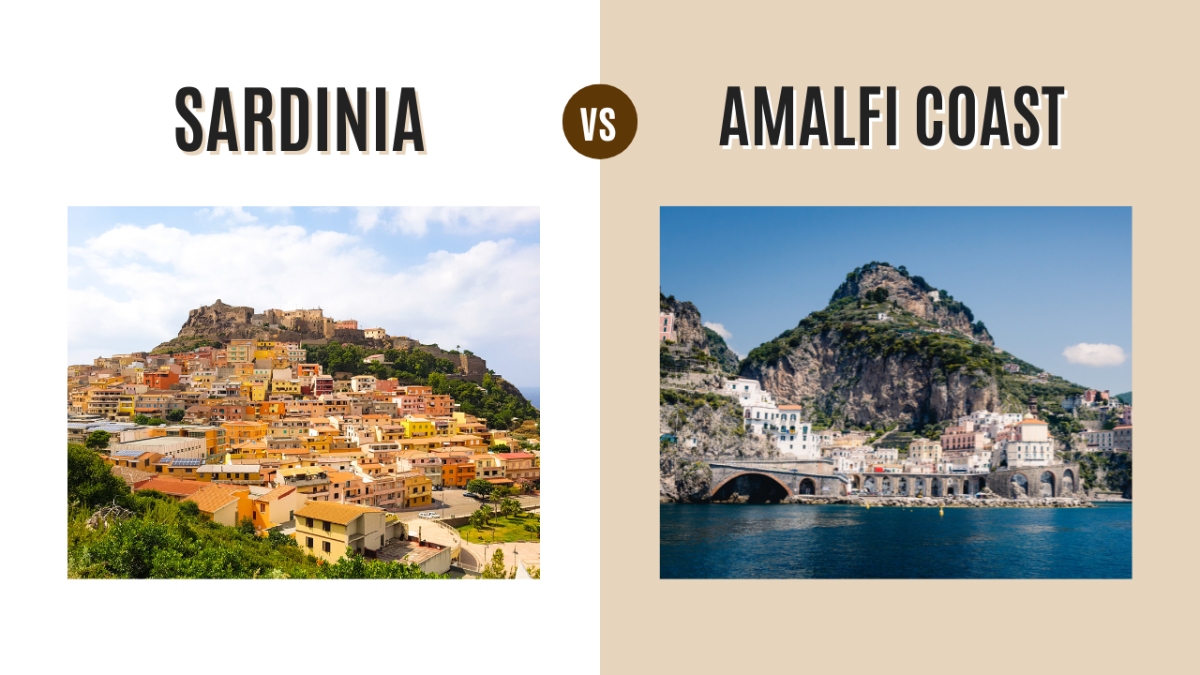
0 Comment